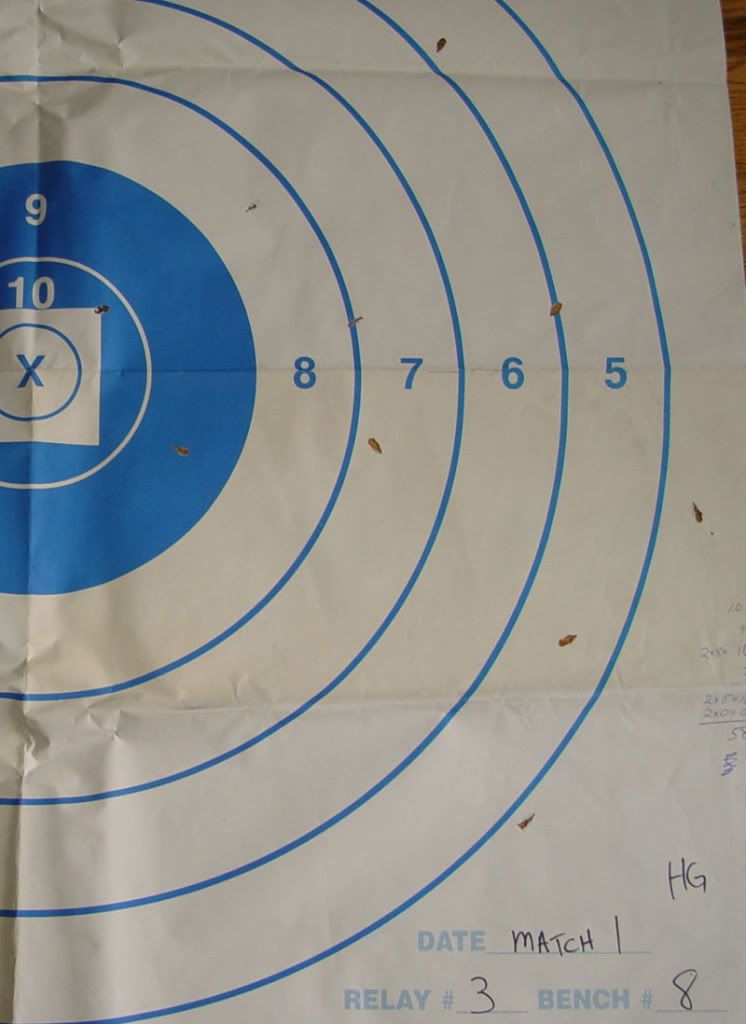Regardless of the RPM/Sg, if the Sd isn't there, neither velocity, nor additional spin-rate will help
Actually, velocity will help -- if the extra velocity keeps the bullet above the transonic region at the target. The rest of R.G.'s post is spot on.
With regards to Lynn's post. I have a glimmer that this testing was done to promote a certain bullet, rather than to test projectiles generally. I could well be wrong.
It is easy, but expensive, to get empirical data on the Sd of existing bullets. Bob McCoy, using the facilities at Aberdeen, was also able to get empirical data. What we don't have, to the best of my knowledge, is a model that accurately *predicts* the Sd of a bullet. If we had that, we'd know what design parameters to avoid.
Practically speaking, avoiding the transonic region is one simple method. I've often said, "whatever happens there, it isn't good" -- it may not be bad for some bullets, but it's sure no sweet spot.
If, for some reason, you must shoot a chambering where staying above the transonic region just isn't possible, you're in for some testing, or getting bullet recommendations from those who've been there -- like guys who shoot a .308 at, say, 1,500 yards.


